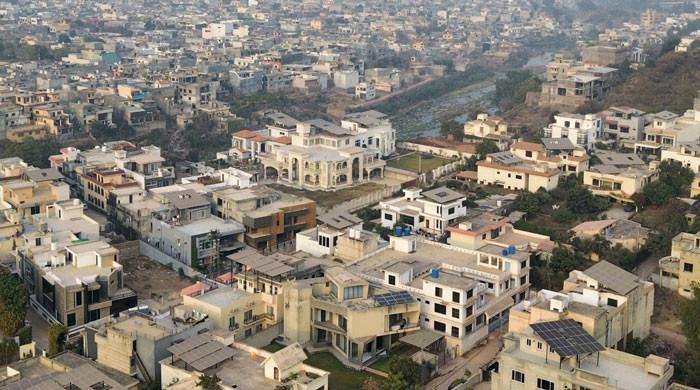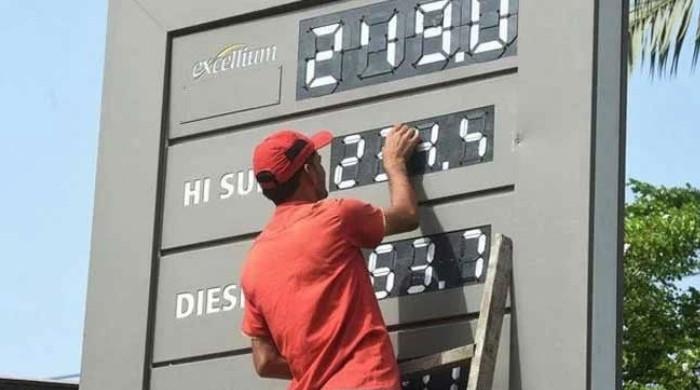January 2021: Pakistani rupee likely to weaken against US dollar coming week
"To see why the rupee weakened, we will need to see interest rates issued by the State Bank of Pakistan"
January 24, 2021

- Rupee fells by Rs0.23 to close at Rs160.75 against US dollar
- Acceleration in economic activity means a rise in demand for dollar to pay for imports
- Inflows may not be enough to meet market demand
KARACHI: Hurt by a rise in demand from oil importers, the Pakistani rupee is expected to trade slightly weaker against the United States' dollar next week.
The rupee fell by 0.14% (Rs0.23) to close at Rs160.75 against the US dollar in the interbank market during the outgoing week.
“We might see buying pressure from oil importers. Acceleration in the economic activity means a rise in the demand for the dollars to pay for energy, machinery, and equipment imports,” a foreign exchange trader told The News.
“The inflows may not be enough to meet the market demand. So, we anticipate the rupee to touch 161 level to the dollar with the chances of losing a bit of more ground if the inflows are not adequate to compensate.”
Currency update: Foreign currency rates against rupee on January 24
Analysts said the local currency has a strong support line at Rs161.20 that seems unlikely to be taken in the next week. “To see why the rupee weakened, we will need to see interest rates," read a Tresmark weekly report.
"While mostly range-bound, bonds and swaps jumped slightly when the central bank announced its monetary policy, but then eased down, as the markets realised that the central bank will maintain the status quo, and with no additional incentives in the interest rates, bought the dollar."
The State Bank of Pakistan has kept the interest rate unchanged at 7% and guided markets, for the first time, of stable rates in the near-term.
“Markets interpreted near-term as around May, as that is when typically inflationary pressures (Ramazan) build-up. Similarly, while macros are healthy (including exports, remittances, and current account), the new year typically brings some fresh payments and adjustments, and as outflows outpace inflows, pressure on the currency builds up,” added the weekly report.
The central bank's governor, Dr Reza Baqir, said in a post-monetary policy meeting that the flexible exchange rate system proved an effective way to absorb external shocks, in the toughest times of the coronavirus pandemic.
The adverse impact of the novel coronavirus pandemic has not hit Pakistan's exchange rate hard but the global capital flight from risk assets to safe-haven assets triggered the currency depreciation in most of the emerging markets by 15% to 21%.
"However, the Pakistan rupee has a mere 3.8% slide against the US dollar, compared to other emerging countries during January 2020 and January 22 this year," said Dr Baqir.
Related: Interest rates to remain unchanged at 7%, says SBP's Reza Baqir
Analysts see the impact of the recent increase in the international oil prices to be visible in the coming months’ imports. However, they estimate the current account balance to remain largely the same at around $1.5 billion, or 0.5 to 1 percent of GDP in FY21.
Pakistan’s current account clocked in a deficit of $662 million in December versus a surplus of $513 million in the previous month, the worst since October 2019. The rupee is expected to weaken to 166 by June and 172 by the end of December.









